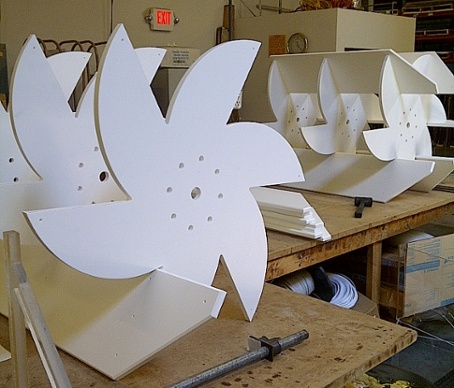Hot air plastic welding is the name given to a welding technique for thermoplastic materials.
Many different techniques exist to weld thermoplastics together, including some which make use of lasers and solvents. One of the most common of these techniques being hot air welding. However, all techniques follow a basic three step procedure:
- Surface Preparation
- Application of Heat Source and Pressure
- Final Cooling
Hot air welding also goes by the name of hot gas welding. This process involves a specially designed heat gun, known as a hot air welder. This gun produces a steady jet of hot air which softens the points where the two pieces of plastic are to be joined, along with a filler rod. This rod is added in to provide extra welding material to aid in the process. All plastics to be welded should be the same material, or very similar. Once the plastic has reached desired softness, they are pressed together with the material rod and clamped to cool.
It is important to use high-quality filler rods when welding due to the fact that it can have a large impact on the final outcome of the weld. Having a filler rod with high porosity can lead to air bubbles, or voids. Avoiding these air bubbles is the best way to ensure the highest quality weld.
Hot air welding is a common technique often used in the fabrication of smaller plastic items, water tanks, chemical tanks, and various plastic fittings. It can also be used on plastic webbing and films, though the process is slightly different. Welding these items does not always require a filler rod; instead the two sheets may be heated and then rolled together. This is a very quick welding process which can be done incessantly.
If you would like to know more about hot air welding or thermoplastics, we invite you to visit our website. Additionally, you may contact us with any questions or comments.








